Probiotics have been used for years to support gut health. But now, a new type of probiotic is gaining attention. These are called next-generation probiotics.
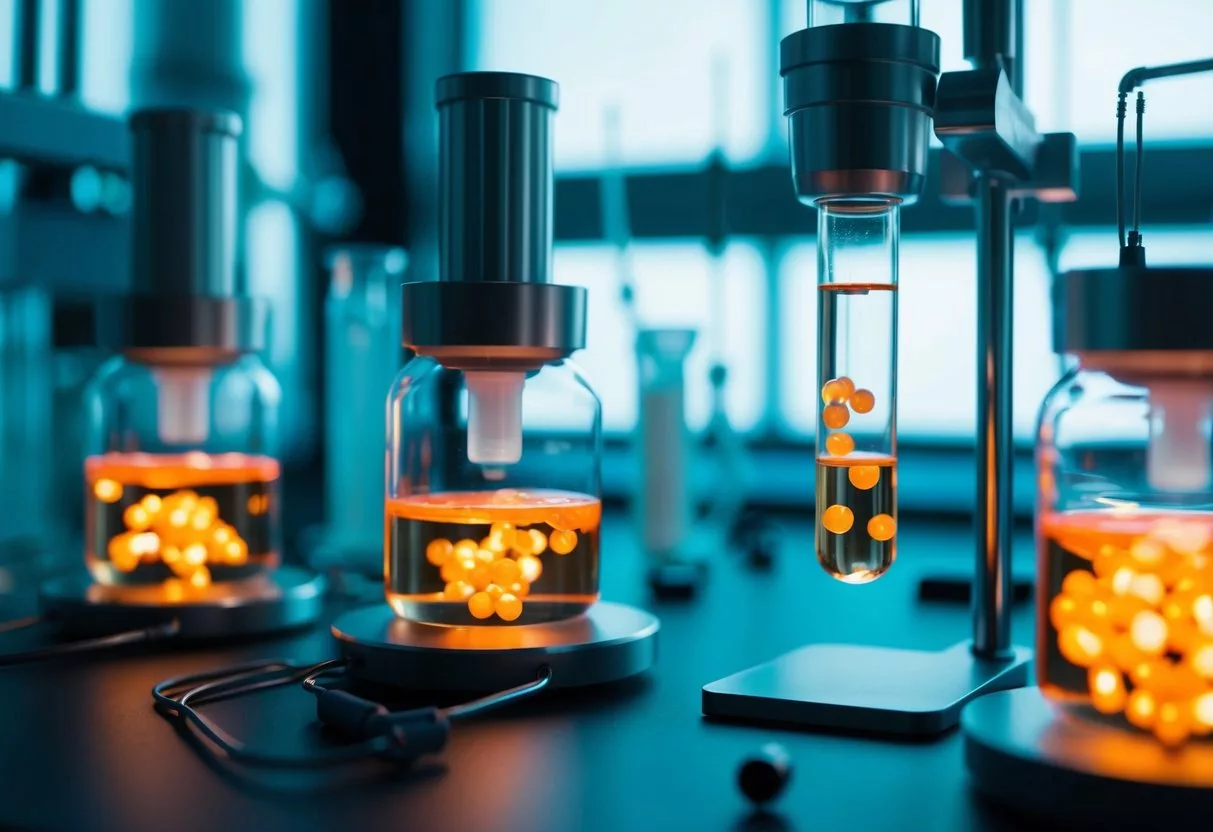
Next-generation probiotics are newly identified bacteria[1] that may offer health benefits beyond traditional probiotics. They come from the human gut and have shown promise in early studies. These bacteria might help with issues like obesity, diabetes, and mood disorders.
Scientists are excited about next-generation probiotics. They think these new bacteria could lead to better treatments for many health problems. Research is still ongoing, but the future looks bright for these new probiotics and human health.
Defining Next-Generation Probiotics
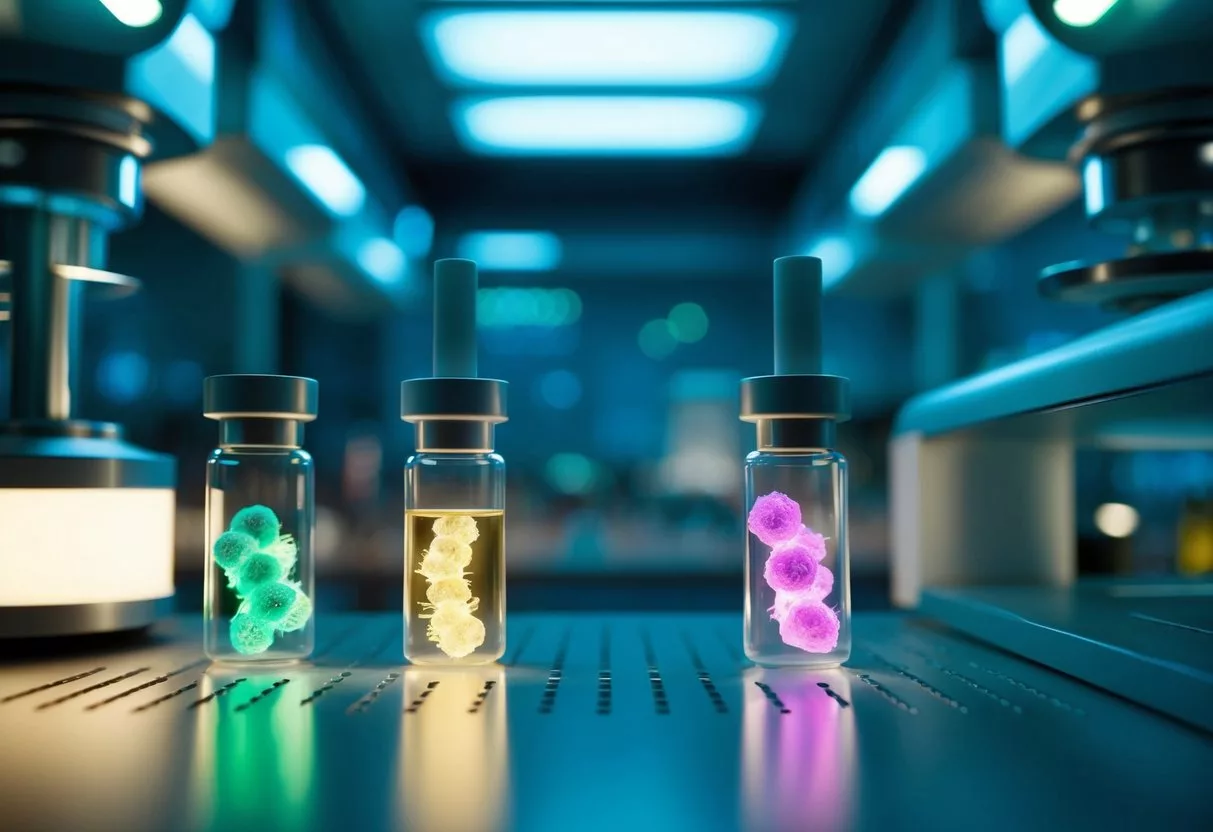
Next-generation probiotics are new microorganisms that show promise for improving health. They differ from traditional probiotics in key ways.
Characteristics of Next-Generation Probiotics
Next-generation probiotics are newly identified microbes[1] from the human gut. They have unique properties that set them apart. Many can’t survive outside the body or in food products.
These microbes often need special growing conditions. They may require specific nutrients or an oxygen-free environment. This makes them harder to produce than regular probiotics.
Next-generation probiotics target specific health issues. They can affect metabolism, immunity, and brain function. Some even produce helpful compounds in the gut.
Distinction from Traditional Probiotics
Traditional probiotics are well-known bacteria like Lactobacillus. They’re found in yogurt and supplements. Next-generation probiotics are different microbes entirely.
Unlike traditional probiotics, next-generation ones[2] often can’t be added to food. They need special delivery methods to reach the gut alive.
Next-generation probiotics are chosen for their strong health effects. They may work better than traditional ones for some conditions. However, they’re newer and less studied.
These new probiotics often come from the person’s own gut microbes. This means they may work differently for each person. It’s a more personalized approach to probiotics.
Role in Human Health
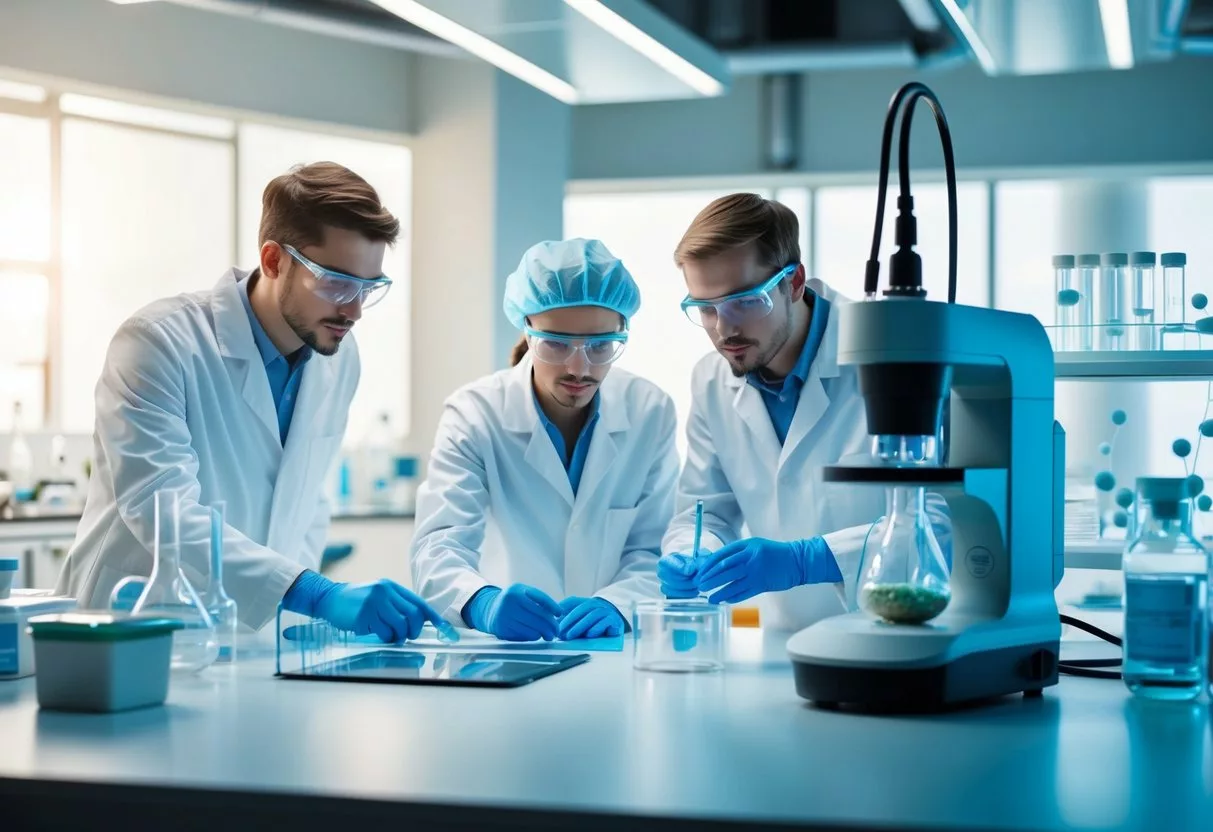
Next generation probiotics play a key part in improving human wellbeing. They affect gut microbes and help prevent or treat various health issues.
Impact on Gut Microbiota
Next generation probiotics[3] can change the makeup of gut microbes in good ways. They help good bacteria grow and crowd out harmful ones.
These probiotics make the gut environment better. They produce helpful substances like short-chain fatty acids. These feed the cells lining the gut.
Next generation probiotics also boost the gut’s defense system. They strengthen the gut wall, making it harder for bad microbes to get through. This helps stop inflammation.
Prevention and Treatment of Diseases
Next generation probiotics show promise[4] for many health problems. They may help with inflammatory bowel disease by lowering inflammation in the gut.
For type 2 diabetes, these probiotics can improve blood sugar control. They do this by changing how the body handles glucose.
Some next generation probiotics might help fight cancer. They boost the immune system and make substances that slow tumor growth.
With obesity, certain strains can change how the body stores fat. They may also reduce hunger signals, leading to less eating.
Core Bacterial Strains
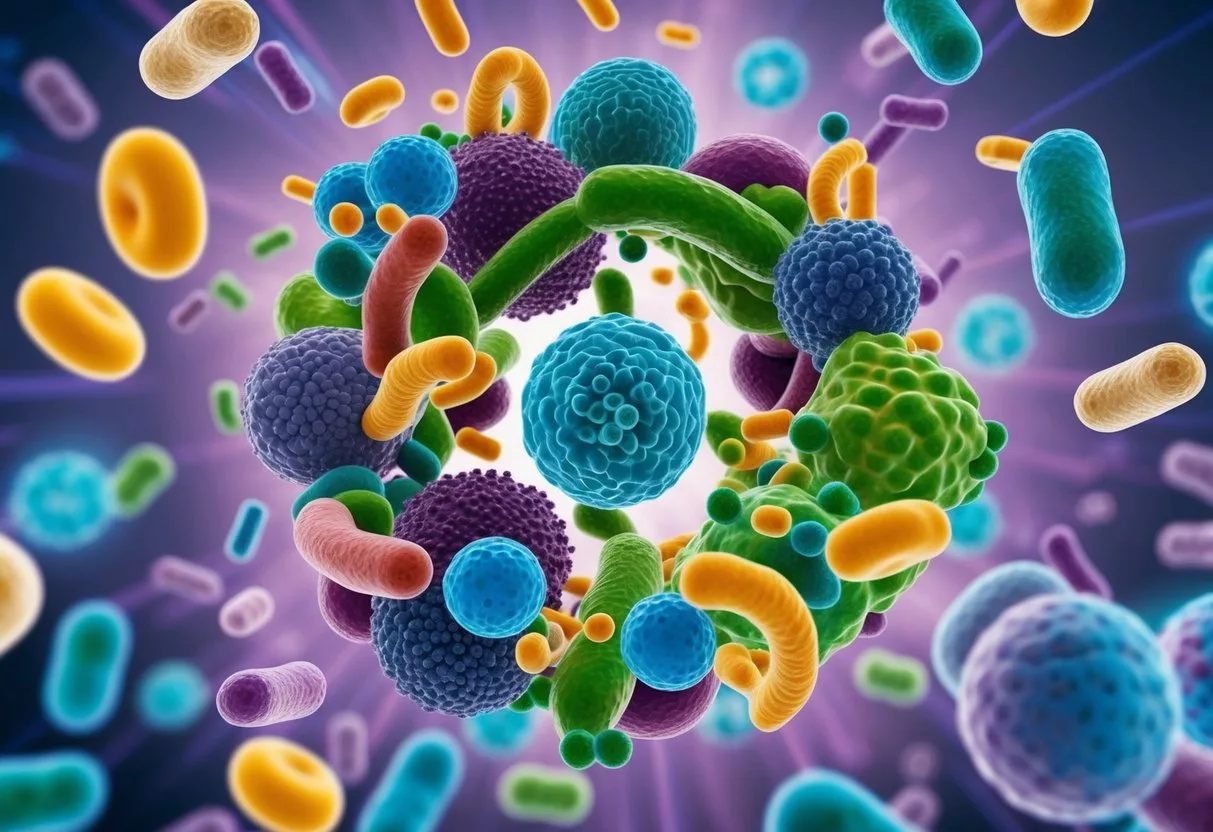
Certain bacteria play a key role in gut health. These core strains have shown promise as next-generation probiotics due to their beneficial effects.
Faecalibacterium and Bacteroides
Faecalibacterium prausnitzii is an important butyrate-producing bacteria[5] in the gut. It helps reduce inflammation and maintain the intestinal barrier. Low levels of F. prausnitzii have been linked to inflammatory bowel diseases.
Bacteroides are common gut bacteria that aid in digestion. Some Bacteroides strains can break down complex carbohydrates. They also produce short-chain fatty acids that feed other beneficial bacteria.
Both Faecalibacterium and Bacteroides are being studied as potential next-generation probiotics. Their ability to colonize the gut and interact with other microbes makes them promising candidates.
Akkermansia and Other Beneficial Strains
Akkermansia muciniphila is a mucus-degrading bacterium found in healthy guts. It helps maintain the protective mucus layer in the intestines. Studies suggest A. muciniphila may improve metabolic health and reduce inflammation.
Lactobacillus and Bifidobacterium[6] are well-known probiotic genera. Certain strains from these groups continue to be studied for next-generation probiotic use. They can help with digestion and immune function.
Some Clostridium species are also being explored. Certain Clostridium strains produce butyrate and may have anti-inflammatory effects. Researchers are working to identify the most beneficial strains from these diverse bacterial groups.
Mechanisms of Action

Next-generation probiotics work in complex ways to improve health. They affect the immune system and produce helpful substances in the gut.
Immunomodulatory Effects
Next-generation probiotics can change how the immune system works. They talk to immune cells and help control inflammation. Some probiotics make the immune system stronger. Others calm it down when it’s too active.
These probiotics can boost the body’s defenses against harmful germs. They help make more good antibodies. At the same time, they can reduce bad inflammation that hurts the body.
Butyrate Production and Gut Health
Many next-generation probiotics make special fats called short-chain fatty acids. Butyrate is a key one. It feeds the cells lining the gut and keeps them strong.
Butyrate-producing bacteria are a big focus of new probiotic research. They make the gut environment better for good bacteria. This pushes out bad germs that can cause illness.
Butyrate also helps control inflammation in the gut. It can make the gut barrier stronger. This stops harmful things from leaking out of the gut into the body.
These probiotics may help with gut problems like IBS. They might even affect mood and brain health through the gut-brain connection.
Biotechnological Advances
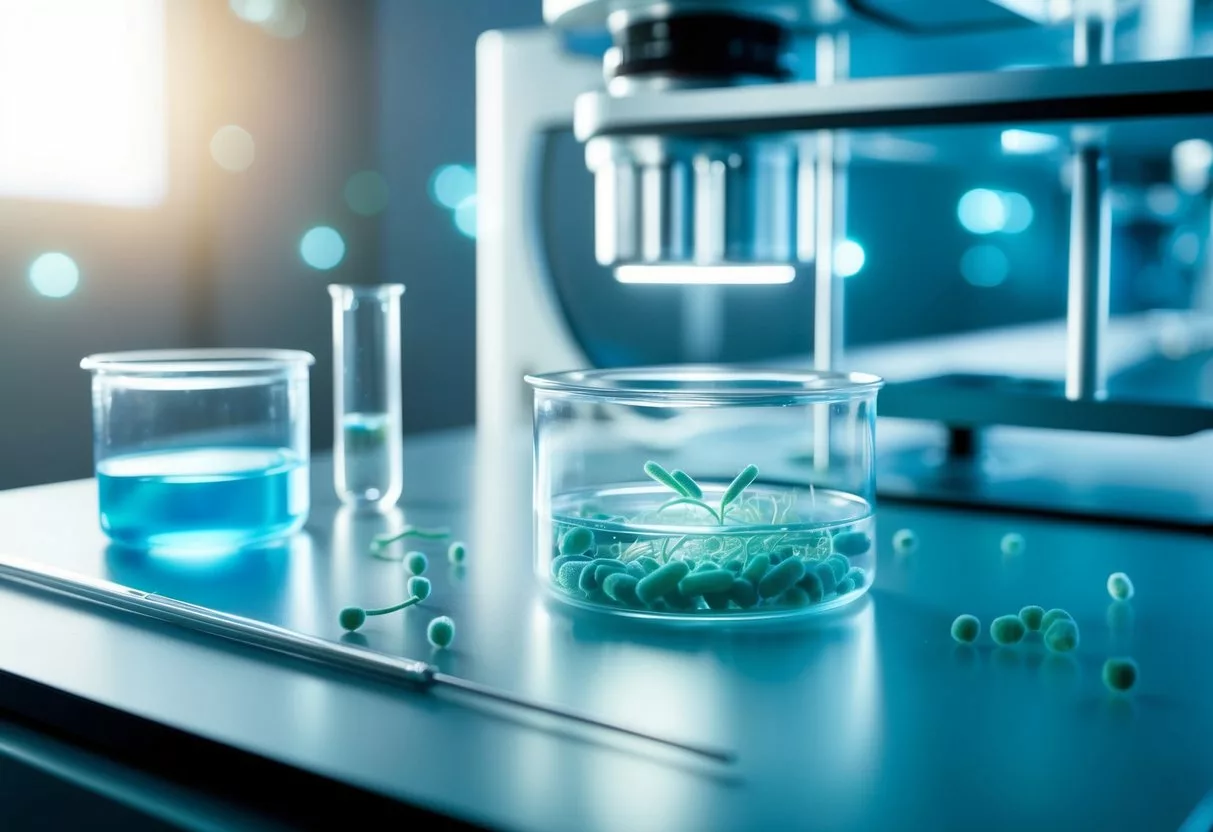
New technologies are changing how scientists find and make next-gen probiotics. These tools help pick the best strains and turn them into products that can improve health.
Genome Sequencing and Strain Identification
Genomic sequencing[1] lets scientists read the DNA of bacteria. This helps them find strains that might work as next-gen probiotics. They look for genes that could help people’s health.
Scientists use computers to compare lots of bacterial genomes. This helps them spot good candidates faster. They can find bacteria with special traits, like making helpful compounds.
Some labs use special tools to grow many bacterial strains at once. This lets them test more options quickly. They check which strains grow well and stay stable.
Biotherapeutic Product Development
Scientists use bioreactors[7] to grow large amounts of promising bacteria. These are like high-tech tanks that give bacteria the perfect conditions to grow.
Experts have to figure out how to keep the bacteria alive and working. They test different ways to package the bacteria so they survive in pills or drinks.
Live biotherapeutics[8] are a new type of product. They’re like probiotics but more targeted. Companies have to do lots of tests to prove they’re safe and work well.
Scientists also look at how the bacteria interact with human cells. This helps them understand how the products might work in the body.
Regulatory Considerations
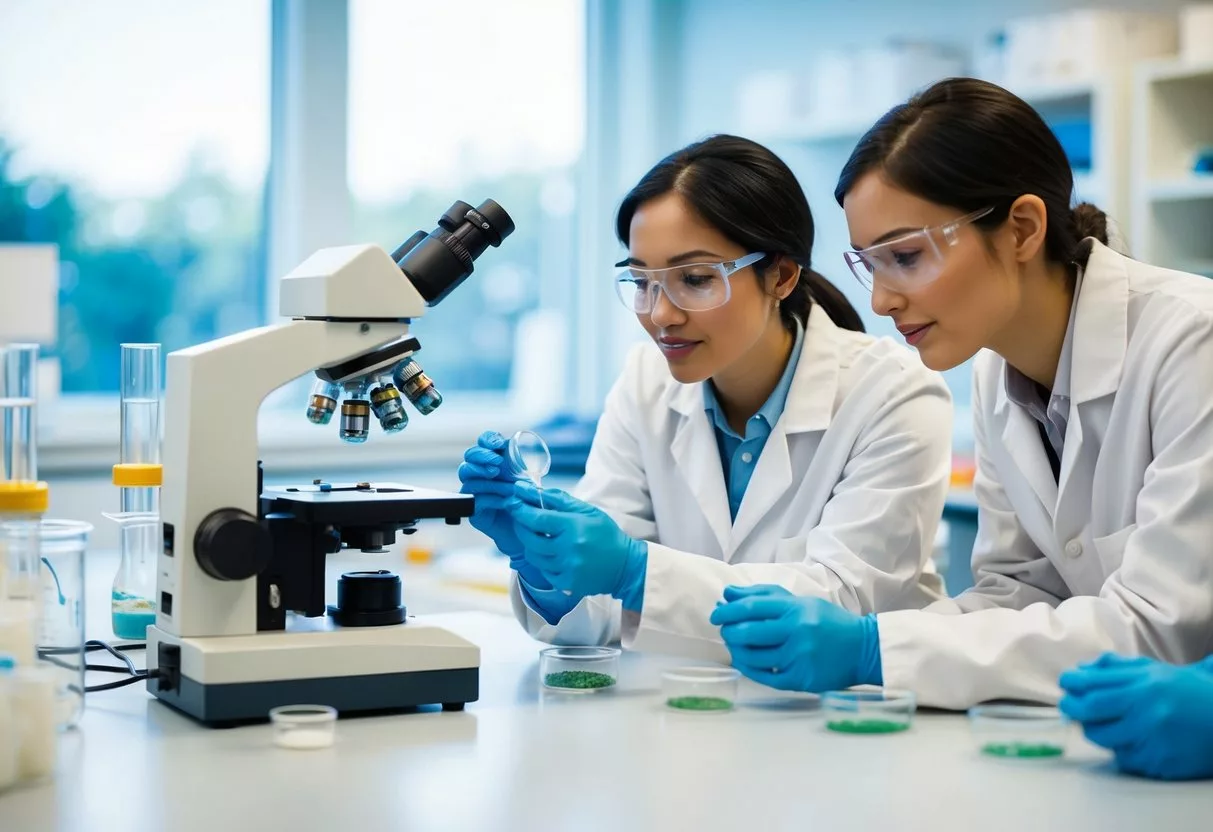
Next-generation probiotics face unique regulatory challenges. Their safety and viability must be carefully evaluated before they can be approved for use. Regulatory frameworks are still evolving to address these novel probiotics.
Regulatory Framework for Next-Generation Probiotics
Next-generation probiotics[1] do not fit neatly into existing regulatory categories. They often fall between food and drug regulations. Many countries are working to create new rules for these products.
In the US, next-gen probiotics may be regulated as:
- Dietary supplements
- Food ingredients
- Drugs
The regulatory path depends on the probiotic’s intended use. Health claims require more rigorous testing and approval. Companies must provide evidence of safety and efficacy.
The EU has stricter regulations. Novel probiotics need approval as “novel foods” before marketing. This process can take years. Health claims face intense scrutiny from European authorities.
Safety and Viability Concerns
Safety is a key focus for regulators reviewing next-gen probiotics. These new strains may carry unknown risks. Regulators look at:
- Antibiotic resistance
- Toxin production
- Ability to spread in the body
Viability is another concern. Probiotics must survive:
- Manufacturing processes
- Storage conditions
- Passage through the digestive system
Regulators require stability testing to ensure products remain potent until their expiration date. Live biotherapeutics face extra scrutiny as they are considered more potent than traditional probiotics.
Manufacturers must prove their strains are safe and stable. This often requires extensive lab and clinical testing. The regulatory burden is higher than for conventional probiotics.
Delivery Systems and Functionalities
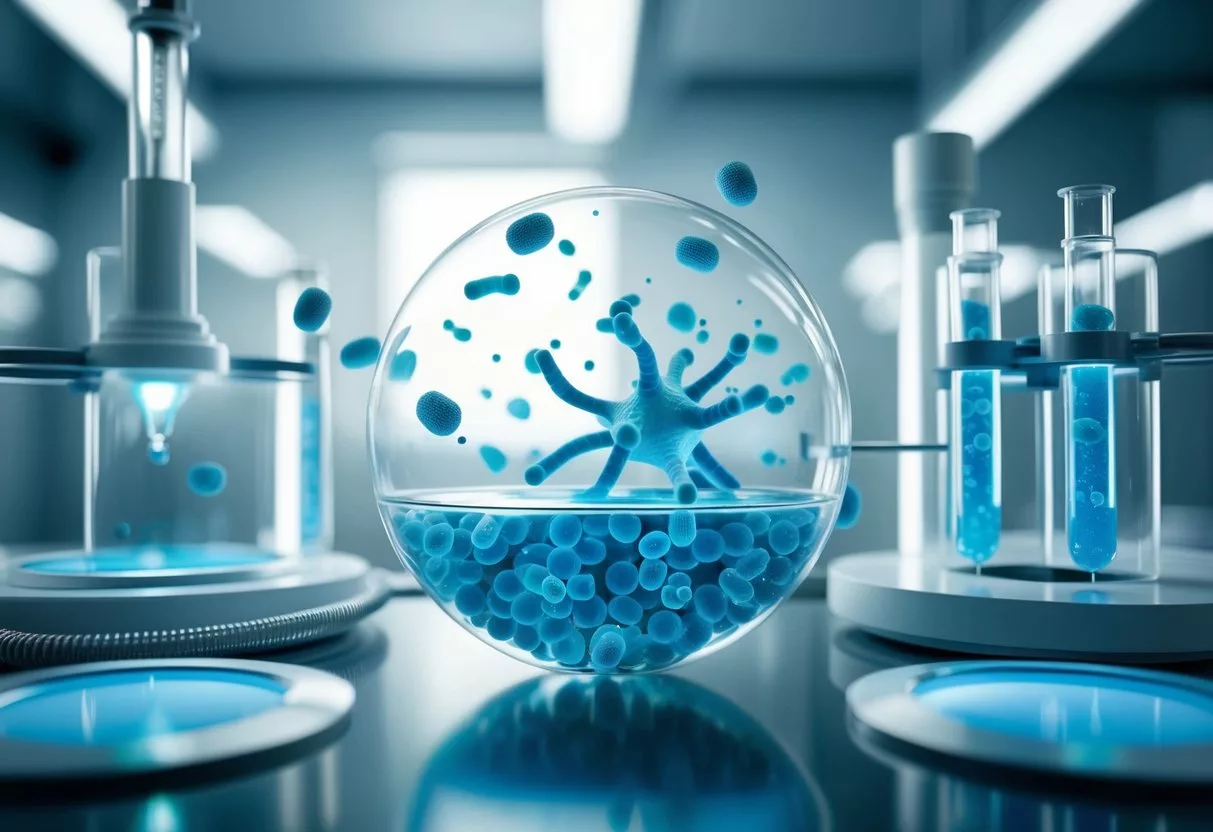
Next-generation probiotics use advanced methods to reach the gut and interact with the host. These new approaches aim to improve how well probiotics work in the body.
Advanced Delivery Technologies
Nanoencapsulation[9] is a key method for probiotic delivery. It protects bacteria from harsh stomach acids. This helps more probiotics reach the intestines alive.
Some delivery systems use special coatings. These coatings break down only in certain parts of the gut. This allows for targeted release of probiotics.
Prebiotics can also help probiotic delivery. These non-digestible food ingredients support probiotic growth. They create a good environment for probiotics in the gut.
Probiotic Properties and Host Interactions
Next-generation probiotics have unique traits. They can stick to gut walls better than traditional probiotics. This helps them stay in the gut longer.
These new probiotics can produce helpful compounds. Some make vitamins or short-chain fatty acids. These substances support gut health.
Targeted stimulation[10] of specific bacteria is another key feature. This can boost the growth of good gut bacteria.
Next-generation probiotics interact closely with the host’s immune system. They can help balance immune responses. This may reduce inflammation in the gut.
Clinical Efficacy and Research
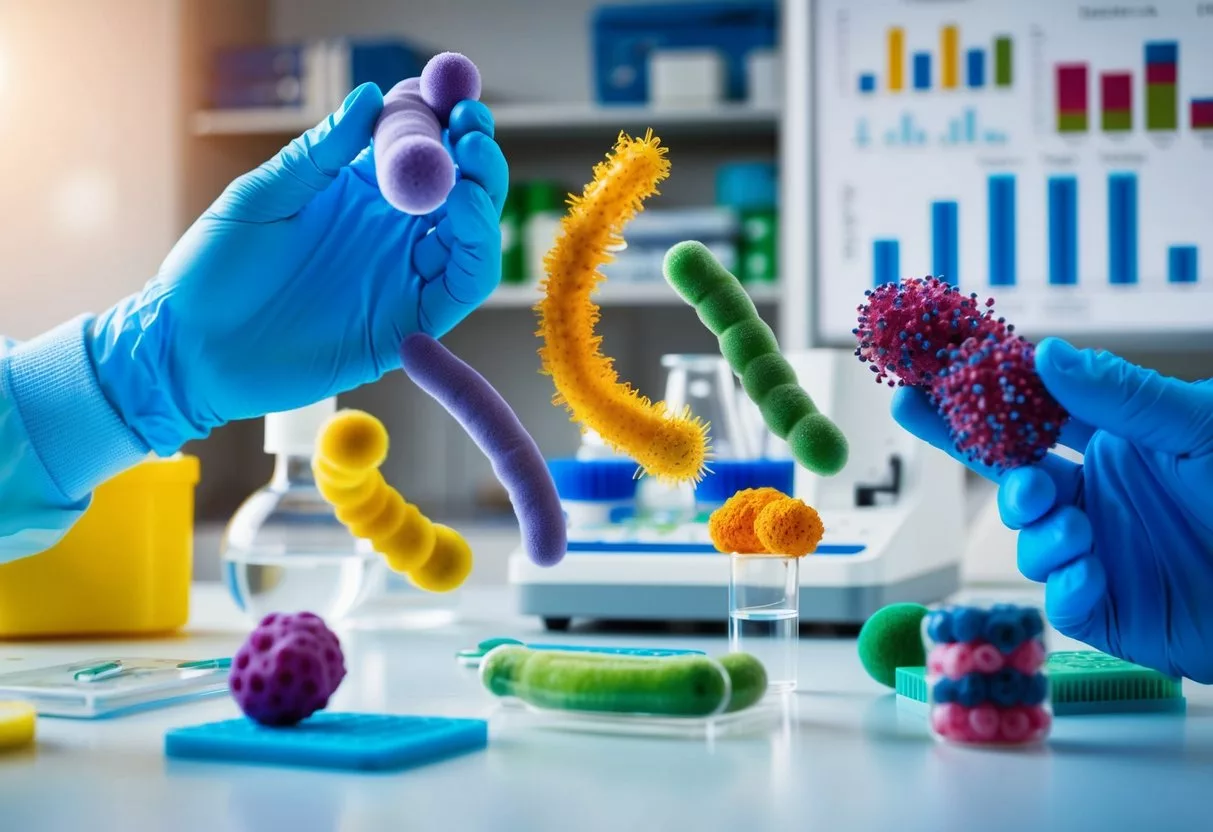
Studies show promising results for next-generation probiotics. Research focuses on their effects and safety in humans.
Systematic Reviews and Meta-Analyses
Systematic reviews and meta-analyses[11] of next-generation probiotics are limited. This is due to the newness of these treatments. Early studies show good results for some conditions.
Some key findings include:
• Improved gut health
• Better immune function
• Reduced inflammation
More research is needed to confirm these effects. Large-scale trials will help prove safety and efficacy.
Future Research Directions
Future studies will likely focus on:
- Long-term safety
- Optimal dosing
- Best delivery methods
Clinical trials[12] are exploring new probiotic strains. These aim to treat specific health issues.
Fecal microbiota transplantation[13] is another area of interest. It may help find new probiotic candidates.
Researchers are also studying how next-generation probiotics interact with existing gut bacteria. This could lead to more targeted treatments.
References
- Next-generation probiotics: the spectrum from probiotics to live biotherapeutics. https://www.nature.com/articles/nmicrobiol201757 Accessed November 4, 2025
- Just a moment.... https://www.tandfonline.com/doi/abs/10.1080/10408398.2019.1599812 Accessed November 4, 2025
- Next-Generation Probiotics as Novel Therapeutics for Improving Human Health: Current Trends and Future Perspectives. https://www.mdpi.com/2076-2607/12/3/430 Accessed November 4, 2025
- Outlook on next-generation probiotics from the human gut. https://link.springer.com/article/10.1007/s00018-021-04080-6 Accessed November 4, 2025
- Frontiers. https://www.frontiersin.org/articles/10.3389/fmicb.2022.973046/full Accessed November 4, 2025
- Probiogenomics Analysis of 97 Lactobacillus crispatus Strains as a Tool for the Identification of Promising Next-Generation Probiotics. https://www.mdpi.com/2076-2607/9/1/73 Accessed November 4, 2025
- ScienceDirect. https://www.sciencedirect.com/science/article/pii/S0734975019300448 Accessed November 4, 2025
- Just a moment.... https://www.tandfonline.com/doi/abs/10.1080/1040841X.2021.1902940 Accessed November 4, 2025
- Just a moment.... https://pubs.acs.org/doi/abs/10.1021/acsnano.1c09951 Accessed November 4, 2025
- ScienceDirect. https://www.sciencedirect.com/science/article/pii/S0963996921006153 Accessed November 4, 2025
- Just a moment.... https://onlinelibrary.wiley.com/doi/abs/10.1155/2022/5633403 Accessed November 4, 2025
- Frontiers. https://www.frontiersin.org/articles/10.3389/fcimb.2022.863949/full Accessed November 4, 2025
- ScienceDirect. https://www.sciencedirect.com/science/article/pii/S1021949819300110 Accessed November 4, 2025
